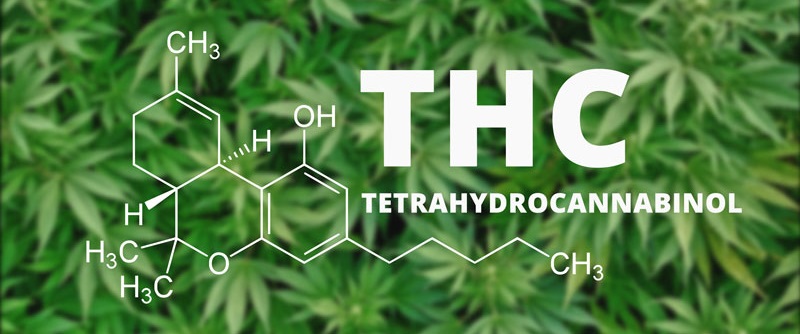
What is CBD? A Cannabinoid Profile
Cannabis contains over 100 cannabinoids and 400 other compounds that have some effect on animals. While not the most popular cannabinoid, Cannabidiol (CBD) may be the most important for wellness. CBD is known for its analgesic properties and is the primary medicinal cannabinoid. While pharmaceuticals often fight only the symptoms of disease, CBD actually fights the diseases themselves.
In addition to relieving inflammation and pain, CBD helps cells of all kinds to heal. Many users find that they need decreasing amounts of both cannabis and other medications as the underlying conditions recede. The list of conditions that CBD can relieve ranges from basic antibacterial properties to inhibiting cancer cell growth. CBD relieves anxiety and PTSD, reduces pain, improves vision and the function of other organs, and soothes a variety of skin conditions from burns to acne and rashes. When eaten, cannabis supports healthy weight loss by providing fibre and complete protein. CBD supports this by suppressing hunger and reducing tendencies toward emotional eating. Like several other cannabinoids, CBD even promotes bone growth.
 Looking at the chart, it is hard to deny the value of CBD as a medicine, which raises a question that I hear often:
Looking at the chart, it is hard to deny the value of CBD as a medicine, which raises a question that I hear often:
Should everyone take CBD daily like vitamins?
Low-dose, daily use of CBD improves quality of life. Through its ability to fight and prevent terminal illnesses like cancer, it can even extend life expectancy. In many ways, CBD is a lot like a vitamin in its ability to maintain wellness. However, this often raises a second question:
What about the high?
People often claim that CBD is non-psychoactive, but this is not exactly true. CBD relieves anxiety, seizures, and the symptoms of schizophrenia. The reality is that CBD is non-impairing, so it does not make users high or impede their ability to function. In fact, CBD reduces the impairment that other cannabinoids like THC can cause. This is why a simple THC test cannot indicate whether a user is impaired. But this, of course, begs the question:
So how can I get it?
Luckily, the medical marijuana industry has been promoting the medicinal benefits of CBD, so most producers actually quote CBD levels along with the THC potency. High-CBD strains have at least 4% CBD, but it is important to consider how this compares to the THC level in your strain. If the THC is significantly higher than the CBD, there may not be enough CBD to counteract the THC high. Unfortunately, there is no set THC/CBD ratio that will work for everyone. The right ratio changes depending on the underlying conditions that the user is trying to overcome as well as their own bio-chemistry.
To choose the right strain, some trial and error is to be expected. Partly, this is because cannabis is a plant that will develop differently depending on growing conditions, although a range of variables can alter the effects of a single plant on different individuals. Consultants like LoveMJ can remove a lot of the guesswork from this process. We can recommend individual or combinations of strains that are likely suited to your condition.
Follow Us:
Share This:


